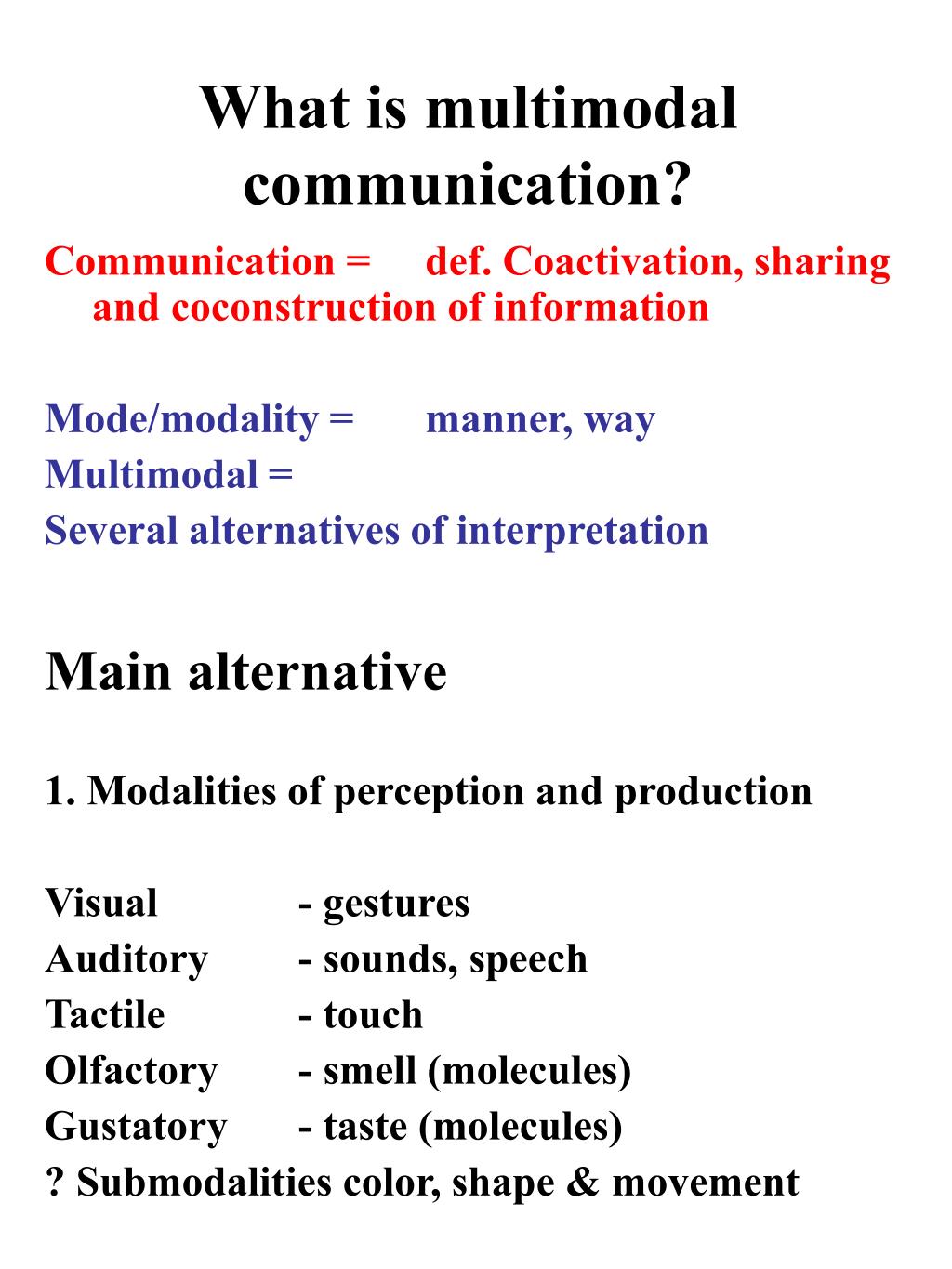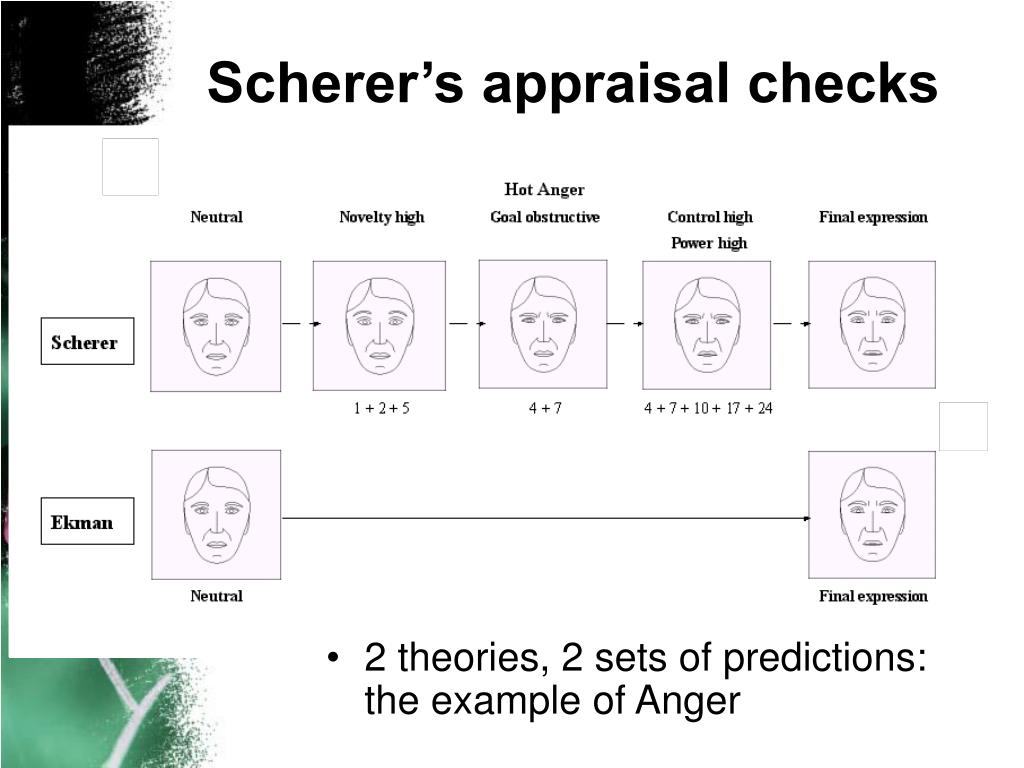


In this relationship, an important role is played by the perceptual load 16, 17, defined as the amount of information involved in the processing of the task stimuli 18. Previous work showed that the facilitation effects of the multisensory integration on attentional capture, that is the facilitation in the detection of target stimuli, seem to partially rely on the stimuli to be attended 7. However, this beneficial effect of the multisensory integration is not always evident. This means that multisensory integration can enhance the ability to detect a target stimulus. Also, multisensory signals reduce visual search latencies, not only when spatially informative and colocalized with visual targets 12, 13 but also when task-irrelevant or uninformative 14, 15. Multimodal stimuli in fact, induce faster and more accurate responses than the summed probability of two unisensory stimuli 8, 9 and a broad-band auditory stimulus significantly enhances the perceived intensity of a visual stimulus 10 while task-irrelevant tactile stimulations are found to increase auditory intensity ratings 11. This enhanced activation is also reflected at the behavioural and perceptual level. The integration of visual and auditory signals that emerges because of this spatiotemporal concurrence enhances neuronal responses 3, 4, 5, the Blood Oxygenation Level Dependent (BOLD signal) 6 and Event-Related Potentials (ERPs) 7. Multisensory integration is the process through which the brain combines information from independent, but temporally aligned signals that derive from multiple sensory sources (e.g., vision, auditory) into a coherent representation 1, 2. Overall, these findings provide insights into the relationship between multisensory integration and human behavior and cognition.Īlthough the visual channel is the major source of information which we rely on to navigate in the external environment, natural stimuli are typically multimodal. Finally, the multimodal stimulation (Visual-Audio-Tactile-VAT and Visual-Audio-VA) induced a significant decrease in latency, and a significant increase in the amplitude of the P300 potentials with respect to the unimodal (visual) and visual and tactile bimodal stimulation, suggesting a faster and more effective processing and detection of stimuli if auditory stimulation is included. Also, we show that in the high load task, the GSR components are higher compared to the low load condition. This trimodal stimulation was more effective in enhancing the sense of presence, that is the feeling of being in the virtual environment, compared to the bimodal or unimodal stimulation. Instead, the perceived workload, according to the “NASA Task Load Index” questionnaire, was reduced only by the trimodal condition (i.e., visual, auditory, tactile). Multisensory stimulation also decreases the EEG-based workload. Results showed that only in the high load condition, multisensory stimuli significantly improve performance, compared to visual stimulation alone. Different multimodal stimuli (auditory and vibrotactile) were presented, alone or in combination with the visual target.
#Multimodal perception definition skin#
Here, we used a realistic virtual reality environment while concomitantly acquiring Electroencephalography (EEG) and Galvanic Skin Response (GSR) to investigate how multisensory signals impact target detection in two conditions, high and low perceptual load. Evidence indicates that the facilitation in the detection of multisensory stimuli is modulated by the perceptual load, the amount of information involved in the processing of the stimuli. Real-world experience is typically multimodal.


 0 kommentar(er)
0 kommentar(er)
